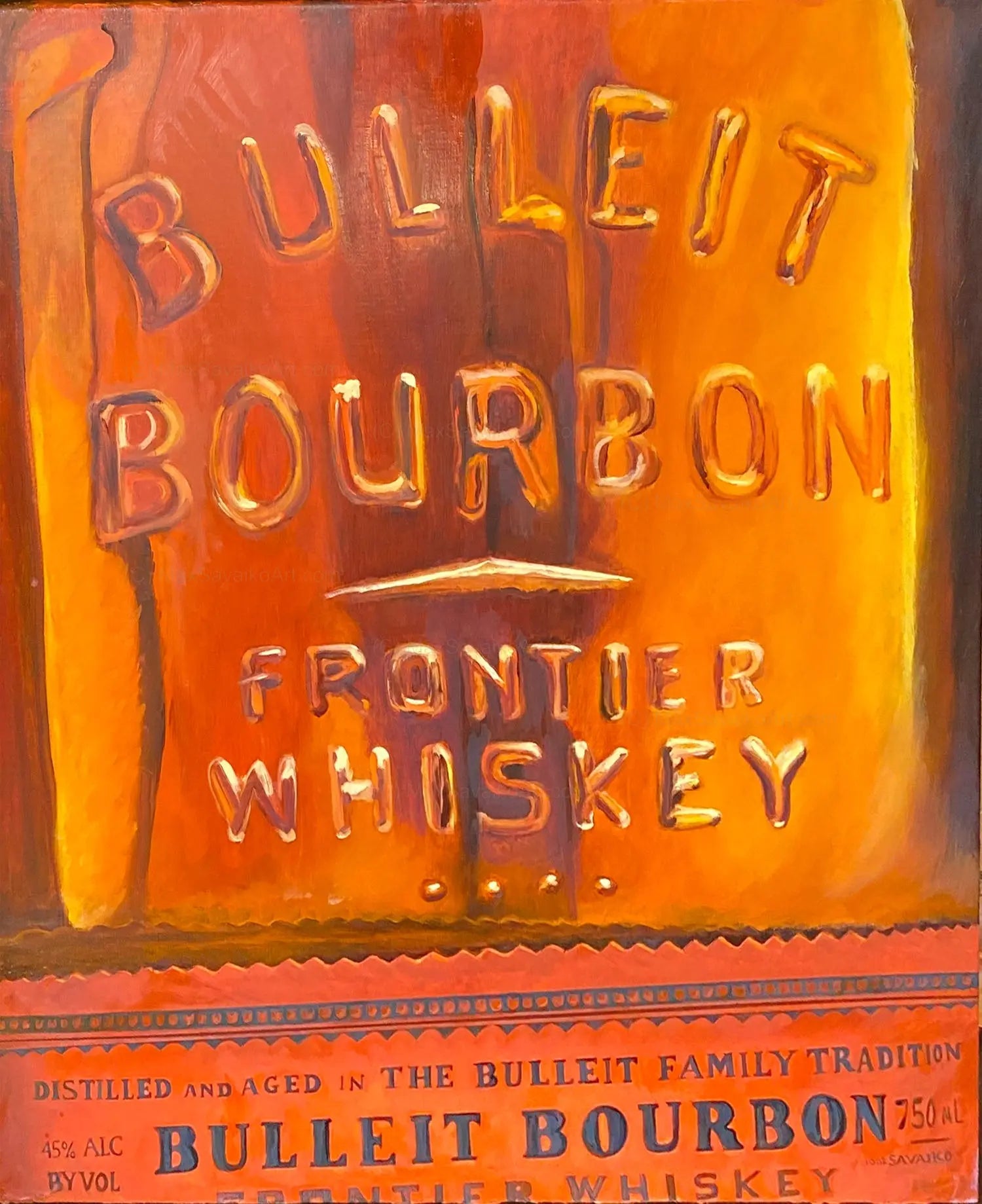Whiskey Art as a Statement: Just How It Enhances Home Decoration
Whiskey Art as a Statement: Just How It Enhances Home Decoration
Blog Article
Capturing the Essence of Whiskey Art With Distinct Visual Representations and Designs
The art of scotch extends beyond the liquid itself, manifesting through a selection of aesthetic depictions that envelop its fabled heritage and workmanship. What continues to be to be uncovered is how these evolving designs reflect not just the bourbon itself but also the transforming landscape of creative analysis. Bourbon Art.
The History of Whiskey Art

As scotch production spread, so too did the need to elevate its experience via art. From the intricate engravings on early barrels to the intricate tags of modern containers, each component mirrors an unique creative vision, working as a visual narrative of the scotch's heritage.
In the 19th and 18th centuries, the rise of the industrial transformation better enhanced bourbon art, causing ingenious packaging and marketing that recorded consumer attention. Developers and artists started explore appearances, imbuing whiskey-related imagery with symbolic definitions that conveyed concepts of practice, workmanship, and area.
Today, scotch art continues to advance, blending traditional approaches with modern art types. Bourbon Art. This recurring discussion in between the spirit and its visual representation highlights the enduring bond between scotch and society, enhancing the total experience for enthusiasts worldwide
Iconic Container Layouts
While several variables add to the appeal of whiskey, renowned bottle styles play a pivotal function fit customer assumption and improving the total experience. The aesthetic discussion of scotch containers is not just an aesthetic factor to consider; it works as a bridge in between the consumer and the product, evoking feelings and establishing expectations.
Distinctive shapes, products, and closures can raise a scotch brand's identity, making it quickly identifiable on congested shelves. The classic Glenfiddich bottle, with its sophisticated tapered shape, conveys a feeling of practice and workmanship, while the bold, modern design of the Balvenie container reflects technology and sophistication. Moreover, using colored glass or distinct structures can suggest the top quality and character of the bourbon within.
Renowned designs usually incorporate aspects of cultural heritage, representing the brand name's history and link to its roots. Brands like Jack Daniel's use a straightforward, durable design that resonates with its American scotch heritage. Inevitably, the impact of bottle layout expands past mere functionality; it encapsulates the essence of the brand, inviting customers to delight and explore in the abundant tapestry of bourbon culture.
Tag Art Work and Branding
Bottle designs usually establish the phase for what customers can expect, yet tag art work and branding play a similarly significant function in interacting a bourbon's identification. The tag acts as the initial factor of contact between the customer and the product, encapsulating the significance of the bourbon within its visual aspects.
Efficient tag art work integrates typography, shade, and imagery to create a story that resonates with the brand name's heritage and target audience. For circumstances, a label featuring classic fonts and elaborate images may stimulate a feeling of tradition and workmanship, appealing to lovers. In contrast, bold colors and modern-day style aspects might attract a younger market seeking technology and excitement.


Photography and Visual Narration
Recording the significance of whiskey with digital photography and aesthetic storytelling is an art form that raises the brand experience. This medium transcends simple item depiction, delving right into the elaborate narratives that border each bottle. By utilizing engaging images, photographers can evoke feelings that reverberate with customers, eventually forging a much deeper connection to the scotch brand name.
Aesthetic narration in whiskey digital photography frequently utilizes rich appearances, lighting, and make-up to highlight the distinct attributes of the spirit. The interaction of light and darkness can highlight the amber shades of scotch, while the selection of history aspects-- such as rustic barrels or sophisticated glasses-- can strengthen the brand's heritage or way of living associations.
Furthermore, capturing the ritualistic facets of bourbon consumption, from the pouring to the sampling, welcomes audiences into a sensory he said experience, enabling them to picture the flavors and fragrances that wait for. Each photograph not only showcases the item yet additionally tells a tale of workmanship, custom, and the minutes that whiskey can enhance - Realism Art. Hence, digital photography becomes a powerful tool in expressing the identification of scotch brand names, placing them within the wider cultural landscape
Emerging Fads in Scotch Art
The advancement of whiskey art is significantly shaped by modern fads that reflect wider social shifts and customer choices. This change not only highlights the value of sustainability yet likewise improves the story surrounding scotch production.
Furthermore, electronic art has surged in appeal, permitting ingenious representations of bourbon. Musicians are leveraging technology to craft immersive experiences, such as enhanced fact setups that involve viewers and supply a deeper understanding of bourbon's cultural importance. This trend likewise encompasses social media sites platforms, where visually striking material garners attention and promotes neighborhood amongst fanatics.
Furthermore, partnerships in between bourbon brand names and musicians are becoming more prevalent. These partnerships produce limited-edition product packaging styles and special art work that commemorate both the workmanship of whiskey and the imagination of artists. As scotch art remains to progress, these emerging patterns will most certainly form its future, cultivating a vibrant junction of society, sustainability, and innovation within the scotch neighborhood.
Conclusion
To conclude, the art of whiskey encompasses a varied selection of graphes that mirror its abundant heritage and workmanship. From famous visit bottle styles and useful reference complex tag artwork to engaging digital photography, each component contributes to a broader narrative that enhances the customer's experience. As emerging patterns, such as electronic art and sustainability, remain to form this imaginative landscape, the complex identification of whiskey stays a sustaining resource of cultural link and exploration.
In final thought, the art of whiskey incorporates a varied array of aesthetic depictions that show its rich heritage and craftsmanship.
Report this page